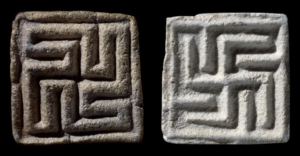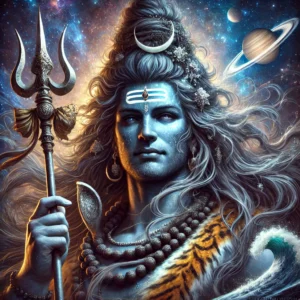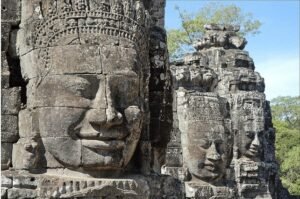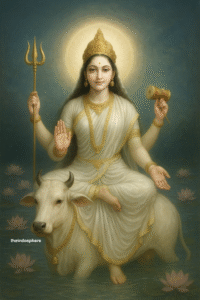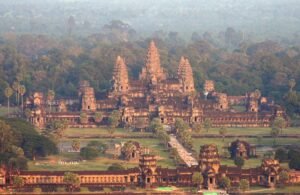While Dussehra is celebrated across India with varying traditions, the Kullu Dussehra stands out for its grandeur and cultural significance. It is held in the picturesque Kullu Valley in the state of Himachal Pradesh and is recognized as an International Festival. What makes Kullu Dussehra distinct is not just the scale of the celebration but also its unique blend of local customs, royal traditions, and divine reverence.

Historical Origins of Kullu Dussehra
The origins of Kullu Dussehra trace back to the 17th century, during the reign of Raja Jagat Singh, the king of Kullu. According to legend, Raja Jagat Singh learned about a man named Durgadutt who supposedly had a treasure of pearls. Obsessed with possessing the pearls, the king forced Durgadutt to surrender them, leading to a tragic misunderstanding. Durgadutt, unable to bear the pressure, committed suicide along with his family, cursing the king in the process.
Overwhelmed with guilt, Raja Jagat Singh sought penance. A local sage, Krishan Dutt, advised the king to atone for his sins by bringing the idol of Raghunathji (Lord Rama) from Ayodhya and install it as the presiding deity of Kullu. The king followed this advice, and from that day onward, he declared Lord Raghunathji as the ruler of Kullu. This marked the beginning of Kullu Dussehra.
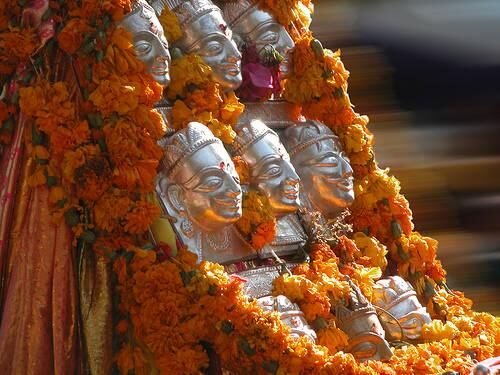
Unique Aspects of Kullu Dussehra
1. The Procession of Deities
Kullu Dussehra begins on Vijayadashami, the day when the rest of India concludes its Dussehra festivities. It kicks off with an elaborate Rath Yatra, where the idol of Lord Raghunathji is placed on a beautifully decorated chariot, pulled by ropes, and taken to the Dhalpur Maidan. Over 200 local deities, carried on elaborately decorated palanquins, accompany Lord Raghunathji in this grand procession.
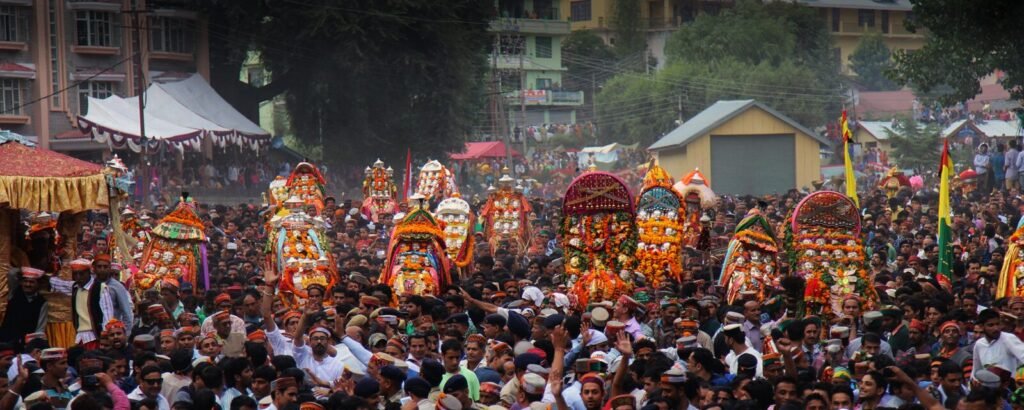
Each deity from different villages is represented by its own unique followers and musicians, showcasing the region’s rich traditions and customs. The synchronization of the beats of traditional drums, horns, and cymbals, with the march of devotees, creates an atmosphere filled with devotion and excitement.
2. A Seven-Day Celebration
Unlike most other regions, where Dussehra lasts for one or two days, Kullu Dussehra extends for seven days. Throughout the week, the Dhalpur grounds are alive with cultural performances, traditional music, folk dances, and fairs. This festival transforms Kullu into a hub of cultural exchange, attracting thousands of tourists, devotees, and cultural enthusiasts from India and abroad.
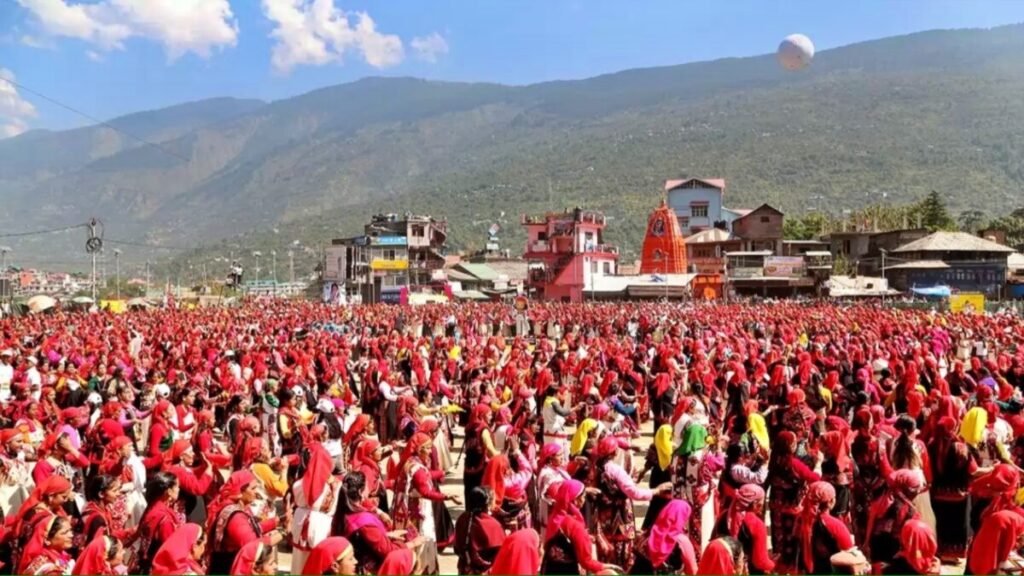
3. Burning of Lanka, Not Ravana
One unique feature of Kullu Dussehra is that unlike other parts of India, where effigies of Ravana, Meghnath, and Kumbhakarna are burned, Kullu Dussehra does not involve the burning of Ravana. Instead, on the last day of the festival, a symbolic representation of Lanka (Ravana’s kingdom) is set ablaze, signifying the destruction of evil. The burning of Lanka occurs at Biji Mahadev Temple, a revered site in the valley.
4. Cultural and Commercial Fair
During Kullu Dussehra, the entire Kullu Valley becomes a bustling hub of activity. The fair, which coincides with the festival, brings artisans, craftspeople, and traders from different regions, promoting traditional handicrafts, shawls, jewelry, and other local products. This commercial aspect adds to the charm, turning Kullu Dussehra into a significant economic event for the local communities.
Religious and Cultural Significance
Kullu Dussehra is not just a religious celebration but a cultural heritage that emphasizes community bonding and the preservation of age-old traditions. It serves as a platform where villagers from remote parts of the Kullu Valley gather, offering their devotion to their local deities and participating in the festivities.
The festival is also a testament to the syncretism between local Himalayan traditions and the larger Hindu narrative. While Lord Raghunathji (Lord Rama) is the chief deity, the active participation of local deities illustrates how indigenous beliefs have been seamlessly integrated into the broader Hindu faith. The event provides an opportunity for people to celebrate their rich folklore, traditional music, and dance forms, ensuring these practices are passed down through generations.
Kullu Dussehra—A Festival of Tradition and Unity
Kullu Dussehra offers a distinct perspective on the broader Dussehra celebrations in India. With its roots in royal patronage, its breathtaking processions of local deities, and its grand celebration of art and culture, Kullu Dussehra is a reminder of India’s incredible cultural diversity. The festival doesn’t merely mark the end of evil but also celebrates community, unity, and cultural preservation.
In an era where globalization often overshadows regional traditions, Kullu Dussehra stands as a vibrant celebration of heritage, drawing together people from all walks of life to witness the grandeur of Lord Raghunathji and the rich legacy of the Kullu Valley.

